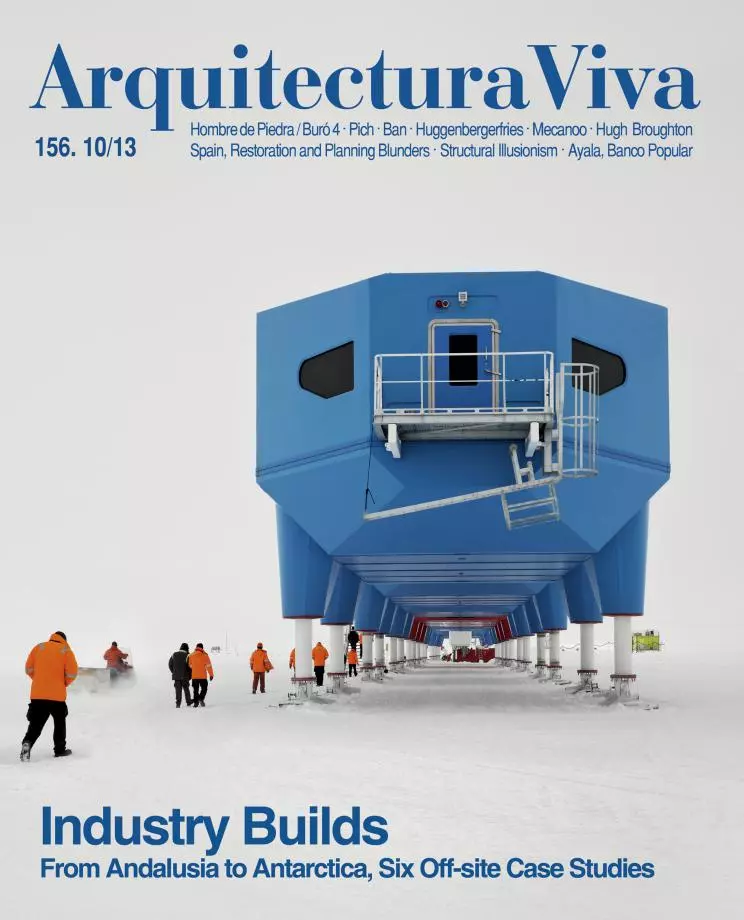
It was in 1997 that MVRDV took the architectural world by storm by presenting, in a few months, four unquestionable works: the cantilevered WoZoCo in Amsterdam, Villa VPRO and the half-buried RVU tablet in Hilversum, and the Double House in Utrecht. The programmatic literalness, strategic astuteness and direct language of the Dutch trio spread like an epidemic among hordes of avid students – possibly the last superhit on paper – who set about to imitate, when not outright copy, something that was new and exciting.
Only four years had passed since Winy Maas, Jacob van Rijs and Natalie de Vries had opened their office in Rotterdam. With this monograph, the first to be published on their work in the firm’s two decades of existence, they celebrate the practice’s twentieth anniversary and offer one of the first revisions of the Dutch explosion of the 1990s. After going through 400 pages, one has mixed feelings about the book. This is not necessarily bad. Its inconsistences and cracks may spark reflection on our own (perverse) relationship with a world loaded with images and words.
The publication team rose to the challenge, with Joost Grootens as designer and Ilka and Andreas Ruby as editors. The impassioned introduction by the latter emphasizes their empathy with the subjects – they were there –, and as agreed with the studio, states the rules that were followed: only built works would be included; the texts would be based on testimonies of users; the drawings would follow the floor plan-elevationsection scheme; and the photographs would show the buildings as they are today. The criterion on images needs a further comment. As it was not possible to rephotograph all the works, Grootens mixed snapshots posted in social networks with professional takes in what could be called a photographic metawall, thus presenting the extraordinary (and banal) life of buildings. This strategy, like MVRDV’s architecture itself, has a direct precedent in the architects’ former employer: Domus d’autore, published by AMO and Koolhaas in 2006, was put together on premises much resembling the recourse to opposed images as sublayer.
The book’s ‘here and now’ approach also revolves around the instant. It is risky to do a monograph in medias res when the subject is alive; but this movement brings the content beyond anniversaries and presents the moment as a turning point. The first building featured, Villa VRPO, is under renovation. Shown, therefore, is already an obsolete picture that the publication cannot ‘refresh’. And the last project included, the recently opened store in Gangnam, is a prelude to future (and elephantiasic) works in Asia. MVRDV has constructed its biography on two pillars, housing and public facilities in solid economies, without addressing leaps in scale or colonialisms. This is about to change. How they rise to the challenge, which heralds museum bubbles and stackings of skyscrapers, will surely be the theme of hypothetical sequels.







